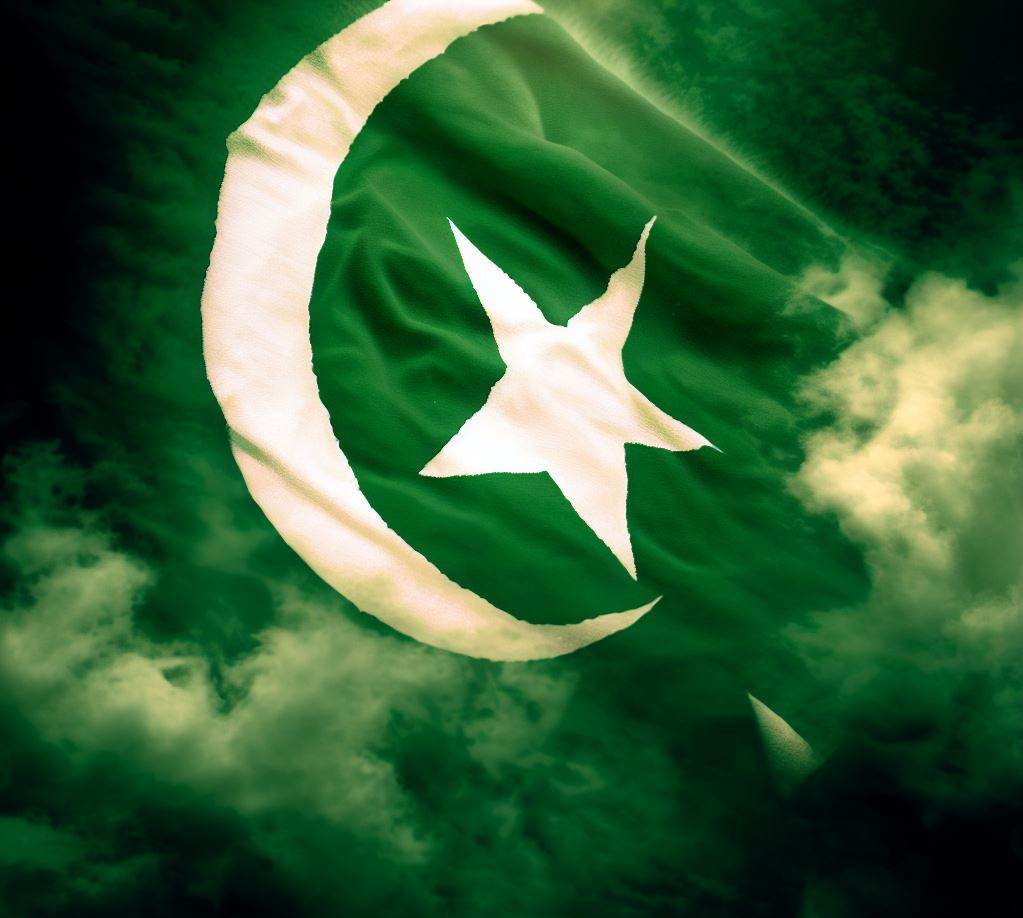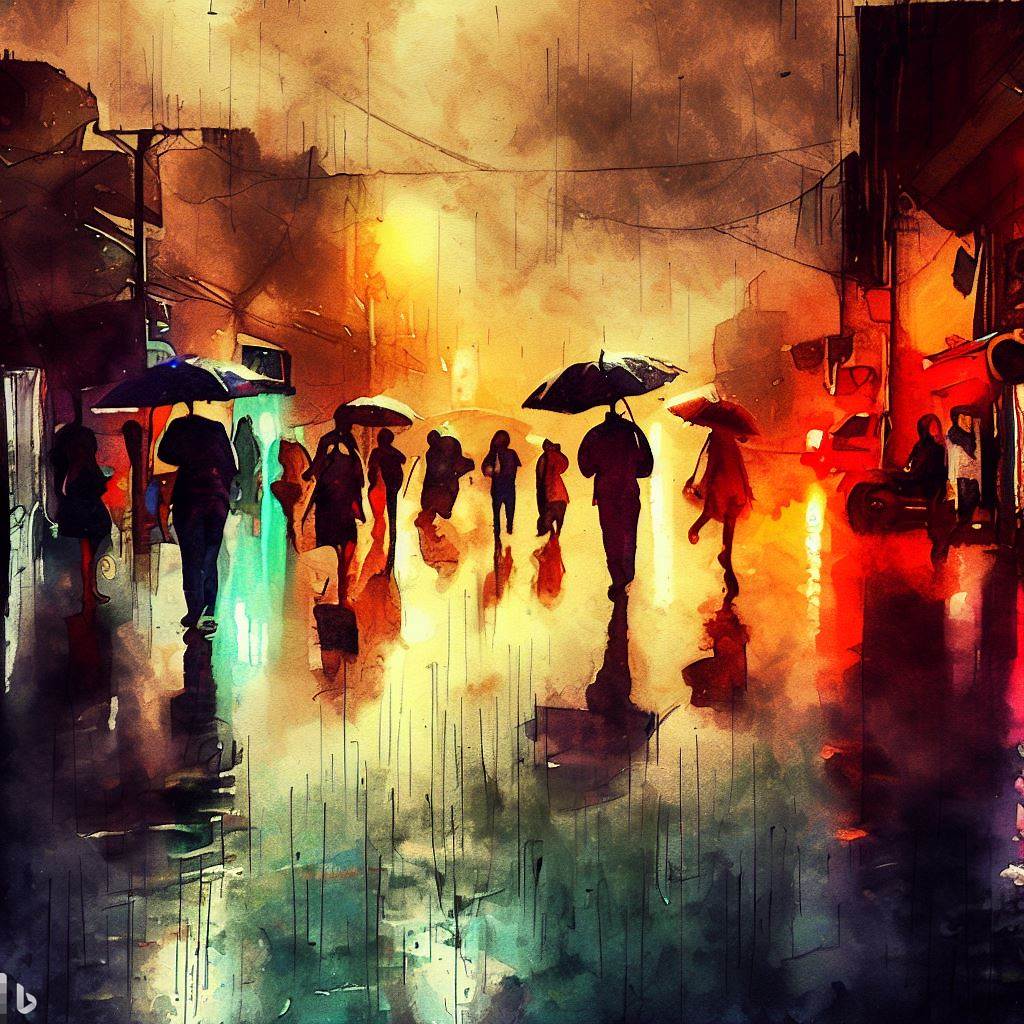Introduction
The history of Pakistan before and after independence is a compelling narrative of resilience, sacrifice, and the quest for identity. The birth of this nation on August 14, 1947, marked a turning point in the region’s history, changing the lives of millions of people and shaping the destiny of an entire nation.
Before Independence: The British Colonial Rule
Before the partition of British India, the subcontinent was under the British colonial rule, which significantly impacted the social, political, and economic fabric of the region. The British East India Company established its foothold in India during the 17th century, and over time, British control expanded, resulting in the colonization of the entire subcontinent by the mid-19th century.
The colonial era brought modernization in some areas, such as infrastructure development and the introduction of railways, but it also had devastating consequences for the local population. The exploitation of resources, economic disparities, and the introduction of discriminatory policies deepened societal divisions.
The Struggle for Independence
The call for independence and self-governance grew stronger in the early 20th century, leading to the formation of various political movements. The Indian National Congress and the All-India Muslim League were two major political entities that played pivotal roles in advocating for independence. The latter, led by Muhammad Ali Jinnah, became the driving force behind the demand for a separate Muslim-majority state.
The All-India Muslim League’s historic resolution, passed in Lahore on March 23, 1940, demanded the creation of an independent Muslim state. This marked the birth of the idea of Pakistan and further intensified the struggle for freedom.
The Partition and Birth of Pakistan
As the momentum for independence gained strength, the British government finally agreed to divide British India along religious lines. On August 14, 1947, Pakistan emerged as an independent state, with two geographically separated wings – East Pakistan (present-day Bangladesh) and West Pakistan (present-day Pakistan).
The partition, though a moment of jubilation for the Muslims of the subcontinent, was accompanied by immense human tragedy. Mass migrations, communal riots, and violence led to the loss of millions of lives and the displacement of millions more, making it one of the bloodiest episodes in history.
Challenges Faced after Independence
Post-independence, one of the most pressing issues was the rehabilitation and resettlement of refugees who had migrated to either wing of the newly formed country. That, along with the economic burden, social unrest, and housing crises posed significant hurdles for the nascent state.
Additionally, the division between East and West Pakistan, separated by over a thousand miles, gave rise to geographical and cultural differences. The economic disparities and political tensions between the two wings further complicated the task of nation-building.
Constitutional Development and Governance
In the years following independence, Pakistan grappled with defining its governance structure and establishing a constitution. The country initially operated under the Government of India Act 1935 but gradually formulated its own constitution.
The first Constitution of Pakistan was adopted in 1956, declaring the country an Islamic Republic. However, the political landscape remained unstable with periods of democratic governments interspersed with military rule. Frequent changes in leadership hindered the country’s progress, and allegations of corruption and mismanagement plagued various administrations.
Indo-Pak Wars and Security Challenges
The unresolved issue of Kashmir remained a major point of contention between India and Pakistan after independence. This led to several armed conflicts, with full-scale wars breaking out in 1947, 1965, and 1971. The Indo-Pak wars brought immense human suffering and loss of life, further straining the relationship between the two neighbors. The 1971 war resulted in the secession of East Pakistan, leading to the birth of Bangladesh as an independent nation.
In addition to external challenges, Pakistan faced internal security threats from separatist movements, ethnic tensions, and the rise of religious extremism, which intensified in the late 20th century and continues to be a significant concern today.
Economic Progress and Development
Despite numerous challenges, Pakistan has made considerable progress in economic development since independence. From relying heavily on agriculture over the years, the country has seen a shift towards industrialization and services sectors. However, ineffective government along with corruption and political instability has made economic progress uneven, with persistent issues of poverty, inequality, and unemployment.



